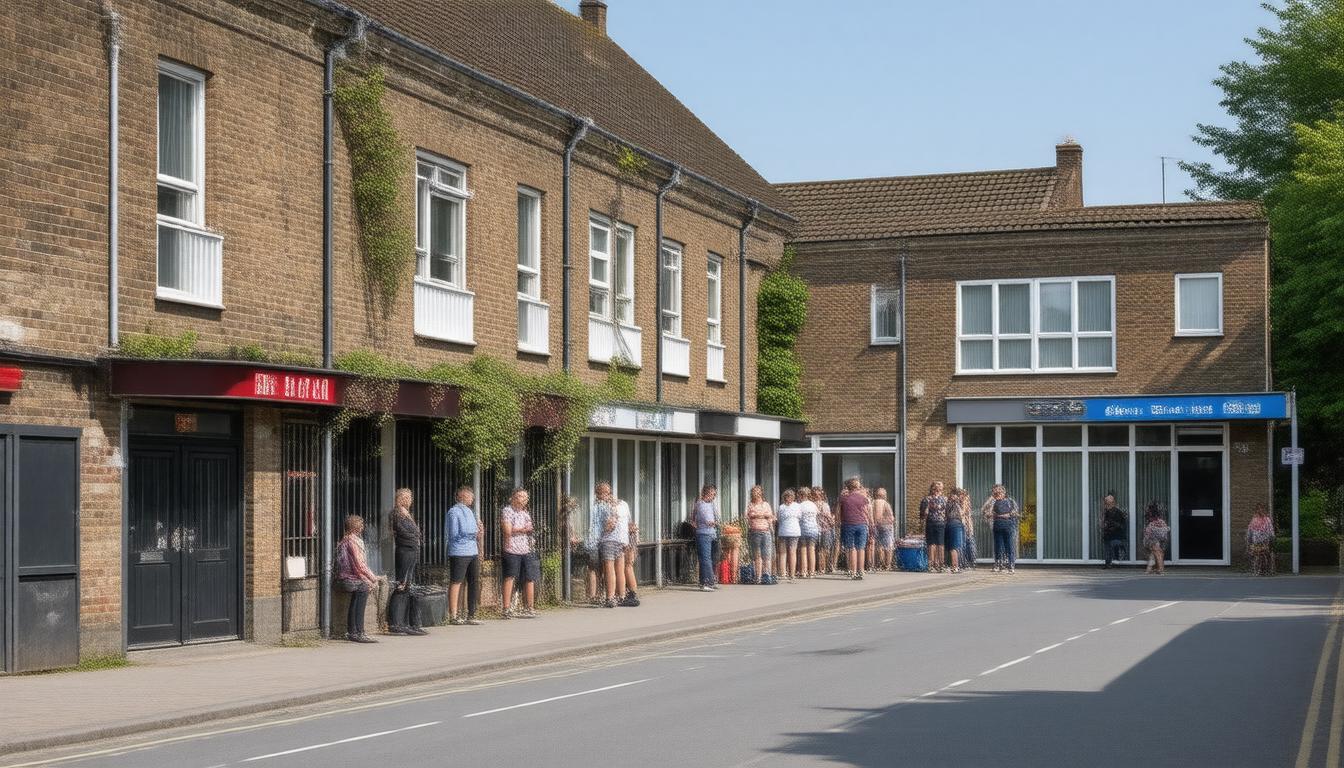The landscape of housing in Kent is undergoing a significant transformation, marked by the rise of Houses in Multiple Occupation (HMOs). With nearly 2,000 HMOs scattered across the region, this communal living arrangement raises important questions about living standards, social interaction, and community dynamics. Almost 475,000 HMOs exist in England, reflecting a national trend towards shared accommodation, with Kent hosting a notable proportion of these properties (Office for National Statistics, 2024). While some view HMOs as a practical solution to housing shortages, others express concern that they resemble modern-day slums, particularly in the case of large properties accommodating numerous tenants who may be complete strangers to one another. This article delves into the multifaceted experiences of tenants, insights from landlords, and opinions from local policymakers, ultimately challenging readers to reflect on the implications of communal living in contemporary society.
Key Takeaways
- HMOs in Kent reflect a trend towards communal living, with nearly 2,000 such properties identified.
- Concerns regarding the quality of life and social dynamics in HMOs raise debates about their classification as modern-day slums.
- The article challenges readers to consider their comfort level with sharing living spaces with numerous strangers.
Understanding HMOs: Definition and Trends in Kent
In Kent, the presence of Houses in Multiple Occupation (HMOs) is becoming increasingly prominent, with nearly 2,000 such properties currently operational across the county. HMOs, which often facilitate communal living arrangements, allow a significant number of tenants—sometimes up to 52 individuals in a single residence—to share facilities without necessarily fostering personal relationships. This growing trend is reflected in statistics provided by the Office for National Statistics, which estimates approximately 475,000 HMOs throughout England, highlighting Kent’s role as a notable contributor with around 1,900 properties (ONS, 2024). The scale and nature of HMOs in the region have raised discussions among tenants, landlords, and local politicians regarding the implications on lifestyle and community dynamics. In Folkestone, for instance, a striking 52-bedroom HMO has drawn attention, as has another substantial 40-bedroom property in Gravesend, both of which often occupy repurposed structures like former bed and breakfasts. Engaging with a variety of stakeholders, including Dan Esson, this exploration encourages readers to reflect on their comfort levels with communal living, probing the broader societal issues attached to these arrangements and whether they are edging towards modern-day ‘slums.’ The article not only sheds light on the current landscape of HMOs in Kent but also challenges assumptions about communal living and its impact on the quality of life.
The Quality of Life in HMOs: Perspectives from Tenants, Landlords, and Local Authorities
Many tenants express concerns about the lack of community and personal space in HMOs. One tenant from Canterbury noted, ‘While sharing a kitchen and lounge can be practical, it often feels isolating when I don’t know my housemates well.’ This sentiment echoes a broader dissatisfaction among residents who report difficulties in establishing connections in large, impersonal living environments. From a landlord’s perspective, the challenge lies not only in managing tenant relations but also in maintaining the properties to meet safety and housing standards. A local landlord highlighted the importance of regular inspections and engagement with tenants to mitigate risks associated with overcrowding and disrepair. Concurrently, local authorities are also taking initiative to improve the living conditions in these shared spaces, reportedly working on new regulations aimed at enhancing safety and comfort levels across HMOs in Kent as part of their broader housing strategy. This includes stricter enforcement of licensing requirements and investment in community support services, aiming to uplift the overall quality and perception of life in HMOs.





